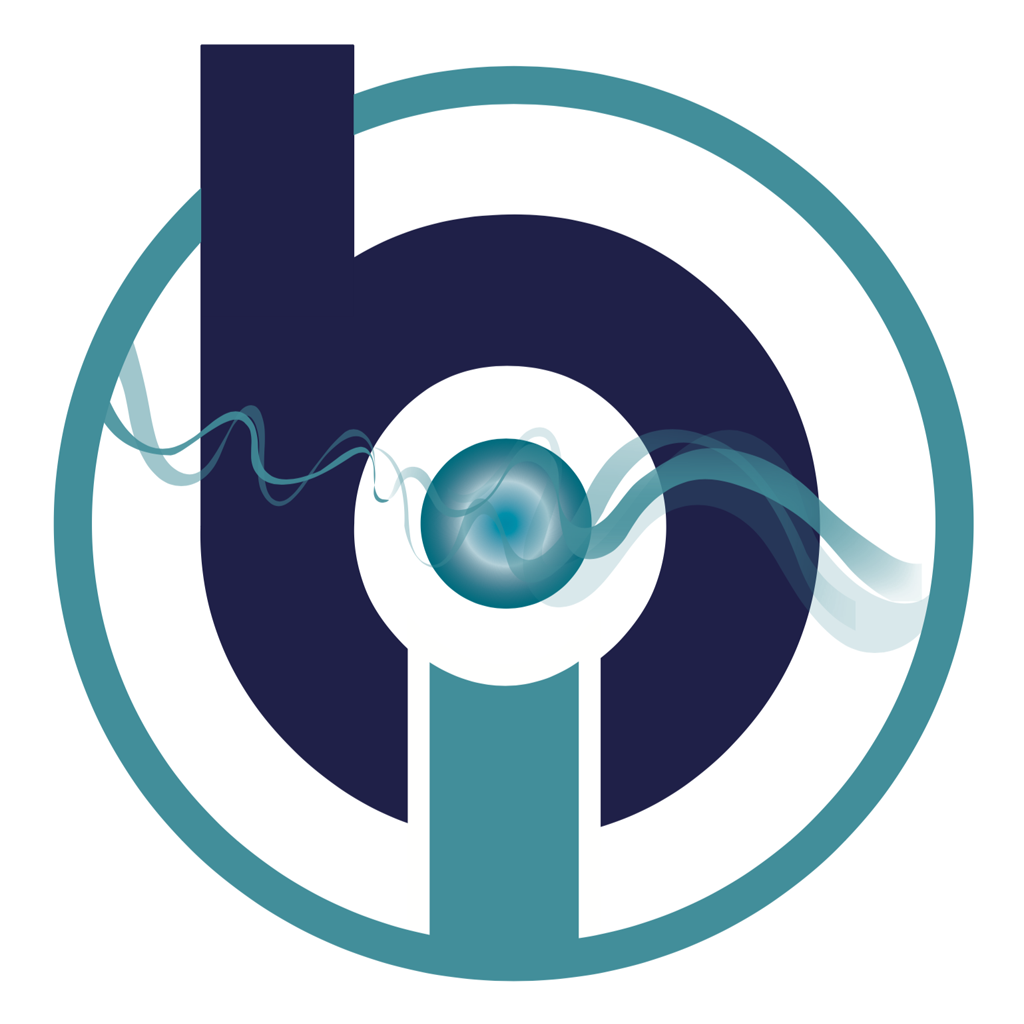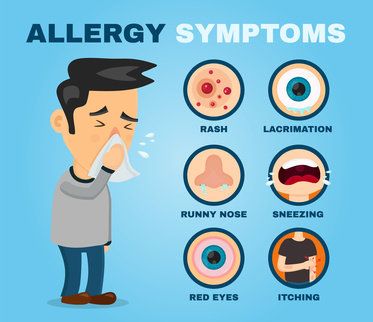Food allergies can be unpleasant and, in some cases, even be life-threatening. The Food Allergy Research And Resource Program reports that up to 4% of the United States population suffers from at least one food allergy. There are different types of food allergies, and each person’s body responds in a unique way to substances falsely detected as “invaders”. Treatment options are available to assist with relieving the symptoms of an allergic reaction to food, but avoiding foods that the body treats as a threat is the primary line of defense against such reactions. We would like to discuss how Bioresonance Therapy plays an important role in the prevention of food allergic reactions through the provisioning of an effective testing mechanism.
Common Types of Food Allergies
Since allergic reactions to food can vary from mild to severe symptoms, there is a chance that many people are continuously experiencing allergic reactions to certain foods without even knowing it. The problem with this is that, in the long run, the continuous reactions created in the human body can lead to more serious problems down the line. There are many different food types that can cause a person to experience an allergic reaction, but, according to the American College of Allergy, Asthma and Immunology, certain types of food are considered to be more commonly associated with food allergies than others. These include:
- Milk and other dairy products
- Eggs
- Peanuts and tree nuts
- Fish and shellfish
- Wheat
- Soy
Symptoms Of Food Allergies
As we have mentioned before, an allergic reaction to food can cause symptoms that range from mild, often relatively unnoticeable, symptoms to more severe allergic attacks that may be life-threatening in some cases. According to the Food Allergy Research & Education Project, symptoms considered “mild to moderate” includes:
- Hives
- Skin rashes, including around the eyes and the mouth
- Diarrhoea, nausea and vomiting, which may also be accompanied by stomach pain
- Sneezing and nasal congestion
- A dry cough
- An itchy ear canal and mouth
Symptoms that are considered more serious and a call for concern include trouble swallowing, turning blue, a weak pulse, a loss of consciousness, chest pain, trouble breathing and low blood pressure, which may be accompanied by a weak and confused feeling, as well as passing out. It should be noted that these more serious symptoms can lead to anaphylaxis, a life-threatening condition that can lead to death should it not be treated immediately.
How Food Allergies Are Treated
There are different types of treatment options available to assist with targeting the symptoms caused by an allergic attack. The particular treatment option that would work most effectively for a particular individual depends on the severity of the symptoms they are experiencing. According to WebMD, the most effective method for the treatment of food allergies is to avoid foods that trigger such a reaction in the first place, but, unfortunately, many people are not aware of the particular food types they are allergic to.
The most common type of treatment used to treat mild to moderate allergic reactions to food includes a dose of antihistamines. There are a variety of antihistamines available on the market, with different strengths. Mild reactions may be treated with a low dose of this treatment option, while moderate reactions will require a stronger dose of antihistamines. For more serious food allergy attacks, a dose of epinephrine will be required. Anaphylaxis is also treated with a dose of epinephrine. Epinephrine will stop the release of more histamine, which will help to gradually reduce the symptoms experienced, and the drug will also help to relax tensed muscles in order to allow the patient to breathe more easily.
How Bioresonance Therapy Can Assist With Food Allergies
Bicom Bioresonance has been proven to help patients with acute allergic rhinitis. The standard process for testing food allergies is called a prickle test, but it is well-known that the results produced by these tests are not always very accurate. Bioresonance therapy has been used to successfully detect the particular food types a person has an allergy to, by testing the body’s response to frequencies of numerous food types. Additionally, Bioresonance therapy has helped a countless number of patients determine the underlying cause for their allergic reactions to certain foods, also it helps with determining the reason with food poisoning which often occurs due to Candida, Parasites and incorrect messages sent in their bodies. These underlying causes can then be corrected, which may assist a certain number of patients in correcting the issue and eliminating the allergy that they have to a particular food type.
Conclusion
Food allergies can be extremely dangerous, and when Anaphylaxis occurs, a person may die if they are not treated as soon as possible. Knowing the types of allergies a particular patient is suffering can help them avoid such foods. With the use of Bioresonance technology, patients can obtain an accurate reading on their food allergies, as well as determine what exactly is causing their reactions. By targeting the cause of the food allergies in a treatment plan, these allergies may be eliminated and the person may be able to enjoy the foods they could not previously consume.



